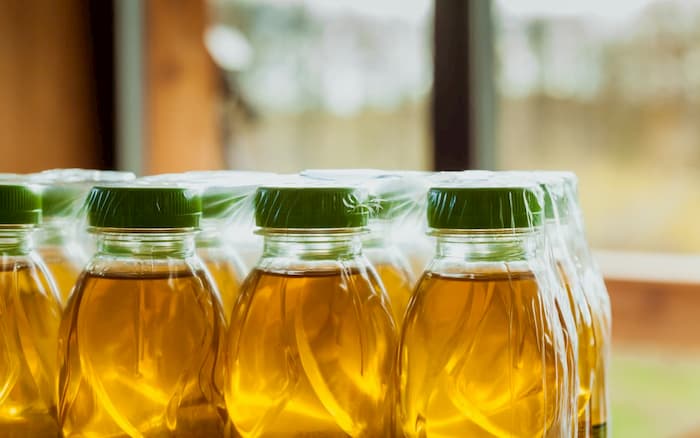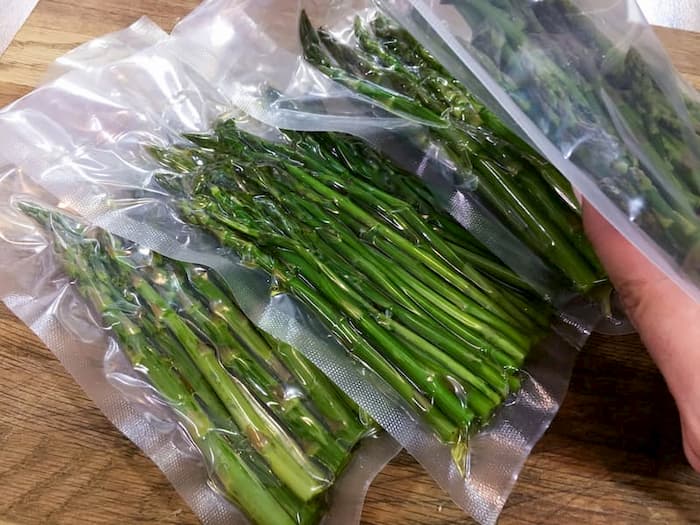
Shrink wrapping: how it differs from other wrapping processes
Shrink wrapping is an easy and effective method of protecting products and bundling them into batches for transportation, storage and distribution. It is a different process from sleeve wrapping, overwrapping and stretch wrapping.
Shrink wrapping is an ideal option for both food and non-food packages, and the shrink wrapping machinery is capable of managing products of various sizes. It is the best solution for products requiring robust security, and there are different types of plastic film available to suit these different levels of product protection.
In this guide
- What is shrink wrapping?
- How does the shrink wrapping process work?
- What are the benefits of shrink wrapping?
- What products are the most suited to shrink wrapping?
- What does it cost to shrink wrap?
- What are the alternatives to shrink wrapping?
- When should we shrink wrap products in-house?

What is shrink wrapping?
Shrink wrapping is a process where a plastic film bag is heated so it shrinks tightly over the shape of a product. The cover of the plastic wrap not only protects the product but makes it more difficult to tamper with. The plastic is heated with a heat gun, or the product and film can be sent through a heat tunnel.
When finished, the pack will have a small, tamper-evident seam around it for extra security. While this is generally acceptable for lower priced items, top-end cosmetics and perfumes tend to use overwrapping instead.
What kind of plastic is used for shrink wrap?
Shrink film wrap is usually PVC or polyolefin, but this depends on the product. Your co-packer will be able to advise on the best film to use for the task in hand.
How does the shrink wrapping process work?
- The product is grouped together (for example, a pack of four tins).
- The items are enveloped inside a loose bag of the plastic shrink wrap film, either by a semi-automatic or fully automatic heat shrink wrap machine.
- The product, now in the bag, is fed into a heated shrink tunnel on a conveyor belt.
- The heat from the machinery causes the film to shrink and cling to the product.
- The package is allowed to cool, during which time the film strengthens and tightens around it, leaving a rigid pack of products.
- The heat doesn’t affect the product inside the package, and will only lightly warm the outside of it. Chocolate is frequently packed in shrink wrap with no ill effects!
What are the benefits of shrink wrapping?
- Low-cost: Because the shrink wrapping process is fairly simple, it’s a cheaper wrapping solution to automate than other methods. This type of packaging also saves space when holding the items in storage or transporting them.
- Versatile: Shrink wrap can be used with almost any product, regardless of its size, shape or design. It’s also an effective way of securing items or bundling them together.
- Shows evidence of tampering: Covering a product in shrink wrap helps protect it—if the wrap has been split or torn away, the product might have been tampered with.
- Provides protection: Not only does shrink wrap keep the product clean, but it protects the product from moisture or fading caused by sunlight. It also creates an airtight barrier.
- Visually appealing: As it’s see-through, shrink wrap displays the product exactly as it is, while adding an extra, more attractive gloss.
- Eco-friendly: A lot of packing companies use shrink wrap made from a type of plastic called LDPE. This is completely recyclable, which means there are no costs involved with sending it to landfill. It also reduces your carbon footprint.

What products are the most suited to shrink wrapping?
Some of the most common food and non-food examples include:
- Greetings cards
- Confectionary
- Packs of playing cards
- Books and other printed literature
- Colour swatches and other samples
- Games and jigsaw puzzles
- Hand tools
- CDs and DVDs
What sizes of products can be shrink wrapped?
Any product (within reason) up to 600mm x 600mm can be shrink wrapped. For products which are larger than this, sleeve wrapping is more suitable.
What does it cost to shrink wrap?
Shrink wrapping is a cheaper alternative to overwrapping, which is discussed further below. Typically, a small shrink wrap could add as much as 15-28p to the product. However, this would depend on the length of the run (i.e., the number of items being wrapped) and the size of the product.
What are the alternatives to shrink wrapping?
The main alternatives to shrink wrapping are sleeve wrapping and overwrapping.
| Example | Description | Process | Advantages | Examples |
|---|---|---|---|---|
| Sleeve wrapping | The thick, heavy-duty plastic coating is used mainly for practicality to protect products during transportation rather than aesthetics.
It is the cheapest option for transporting products in bulk, as it allows products to be stacked on pallets while providing a solid protective layer. This price-to-protection ratio is great for heavy products that may incur higher transportation costs due to their size or weight. |
|
|
|
| Overwrapping | A delicate type of wrapping that’s less about protection and more about giving your product a luxury feel. It’s used for high-end or more prestigious products, which tends to add to their cost.
|
|
|
|
Stretch wrapping
Stretch wrapping means wrapping goods to a pallet. The type of film used can vary, but is usually very flexible. It’s pre-stretched when applied to a pallet, so it tightens when the wrapping is complete.
It’s a much thicker wrap, but is generally only used for protection during transportation.
When should we shrink wrap products in-house?
If you are only wrapping one-offs and samples, in-house shrink wrapping may be more appropriate. Hand-held equipment such as a heat gun are low cost and you could set them up for less than £200. However, if you want to do regular product runs, it is worth outsourcing to a contract packer, since it is low cost anyway.
- Everything you need to know about contract packing —why your business should use a contract packer and how to choose one
- FAQs about packaging and contract packing
Further Information
To find out more about shrink wrapping, sleeve wrapping or overwrapping please contact WePack on 0115 852 9000 or get in touch via the form below.

